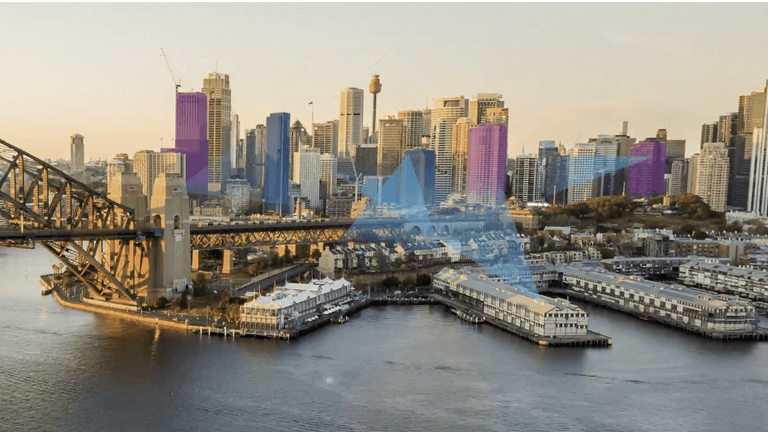Telstra Salesforce Professional Services
“The engagement and support we’ve had from Salesforce has been extremely valuable in helping us baseline what success looks like and then go on to achieve it.”

Learn more about how Telstra is using the Salesforce Customer 360 Platform
Telstra transforms internally to deliver a connected future for everyone
As Australia’s leading telecommunications and technology company, Telstra wants to build a connected future so everyone can thrive and it’s been on a journey to radically simplify its products, eliminate customer pain points, and create all-digital experiences. Salesforce Professional Services has been a key partner in this journey and supported Telstra’s Digital Adoption team to evolve its operating model with the customer at the centre. This has included helping the market leader leverage its vast amount of customer data.
“We realised early on in our transformation that our structure had to change so we could better prioritise the needs of our customers and deliver change faster. Through our engagement with Salesforce, we’ve adopted an entirely new way of working that’s enabled us to do both,” said Ryan Harry, Principal, Salesforce Centre of Excellence.
Increasing agility and capability
Telstra worked closely with Salesforce to realign its structure and create cross-functional teams focused on key aspects of the customer experience. This has helped teams stay more closely connected to the customer and prioritise work according to their needs and expectations. It has also enabled greater agility as each team has the skills needed to build and deliver new solutions.
“The new model has taken away a lot of constraints when it comes to funding and prioritisation and has meant we are no longer slowed down by things like lengthy, centralised technology reviews as these can be done by each team independently,” said Harry.
Complementing this model, Telstra has been working to upskill its team and build Centres of Excellence focused on specialised domains like Einstein. Salesforce has helped by creating learning and development paths for individuals and providing training. This has led to the completion of 44 Salesforce certifications, up from just one three years ago. In addition, there have been more than 3,300 Trailhead badges earned across the broader business.
“Building Salesforce capability has been a strong focus for us as it’s important to have that intellectual property internally and not just rely on partners building things and handing them back to us,” said Harry.
Accelerating delivery
The next step for Telstra was to build on this agility to speed up the technology release cycle. The company deployed just four releases per year in the past which meant even small changes took weeks or months. Telstra wanted to enable more continuous delivery and worked with Salesforce to fully leverage the out of the box capabilities of the platform and establish a pipeline for no or low code changes. It also increased its use of automation to enable faster testing.
As a result of this, Telstra has reduced the cycle time for some changes to just 48 hours and it deploys three releases per week. “In the past we went from one big project to the next, whereas we can now deliver value into the hands of our users three times per week. It’s also less effort to deploy things as the process is much more systematic,” said Harry.
Another important outcome of Telstra’s new delivery model is the ability to make iterative improvements so once solutions are deployed they can quickly be optimised in line with user feedback. This not only supports greater adoption, but helps ensure that value is delivered back to the customer and the business.
Demonstrating value
In the past, the Digital Adoption team typically measured the value or ROI of projects by linking the outcomes back to a large business case. To support its new way of working, the team needed a new approach and engaged Salesforce to help develop a new business value framework. The framework provides a simplified way to calculate the expected benefit of initiatives and measure value at the end. The framework focuses on the key pain points to be addressed, the potential upside of the initiative, and a target adoption measurement and multiplier.
In one example, the team used the framework to show that a small process change improved the efficiency of managing customer contacts by 30 seconds for every contact update. With 52,000 updates per year, this frees up 26,000 hours which can be better spent supporting customers.
“Now that we are delivering a lot of smaller projects, we need a fairly light touch way to make sure they’re delivering value. The framework we’ve introduced with Salesforce is ideal and helps us demonstrate ROI back to our stakeholders and bring them along this journey with us,” said Harry. “It also helps us go back and understand why something may not be delivering the value we expected. Often we may need to make just a simple design change or increase awareness to drive adoption.”
Keep exploring stories like this one.
Questions?
Our reps have answers.
Ask about Salesforce products, pricing, implementation, or anything else — our highly trained reps are standing by, ready to help.







